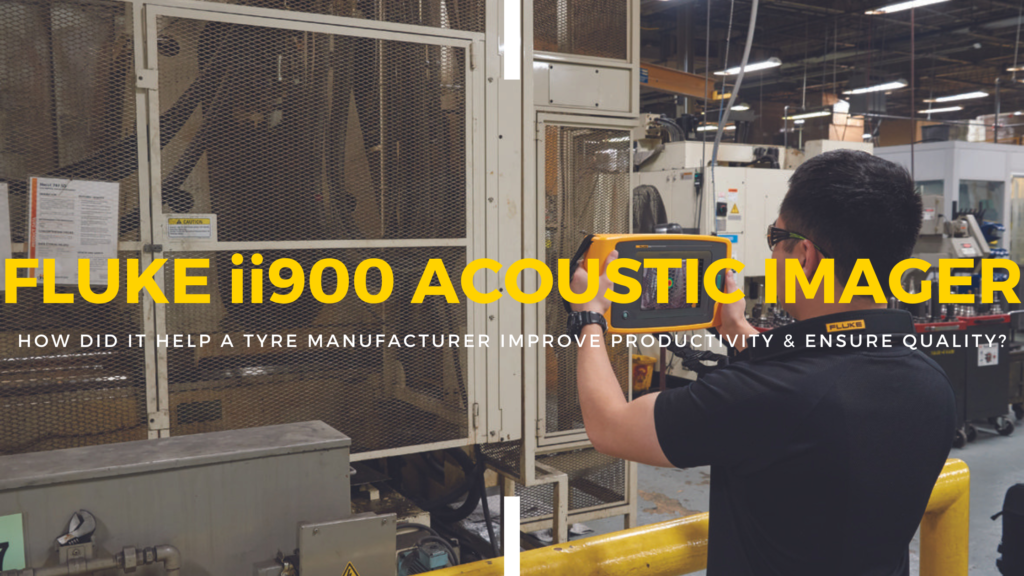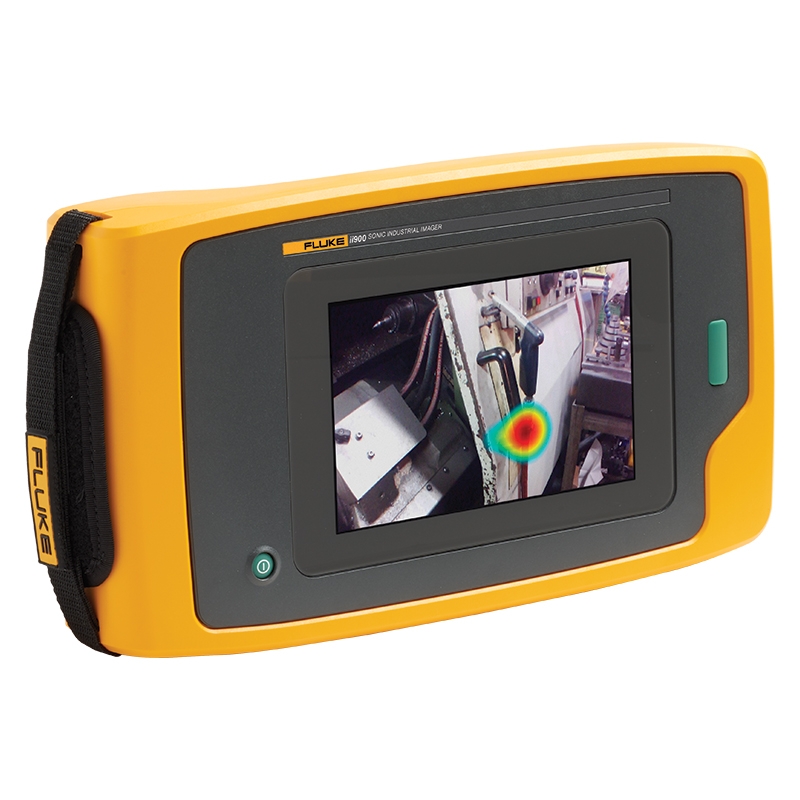
Tyre manufacturers use nitrogen, steam, and compressed air throughout their processes to create high-quality tyres that meet regulations. Leaks in equipment, which may result from the extreme temperatures needed throughout manufacturing, cause drops in pressure and prevent tyres from forming in a way that is compliant with the relevant standards. In addition to production losses, recycling the faulty tyre is a drain on revenue.[1] Furthermore, the US Department of Energy has found that a single 1/8” (3mm) leak in a compressed air line can cost companies upwards of $2500 (approximately £2110) a year. They also estimate that the average poorly maintained US plant wastes up to 20% of its total compressed air production capacity through leaks; while New Zealand’s government believes system leaks account for 30-50% of a compressed air system's capacity.[2] To tackle expensive leaks, reduce waste, and ensure the consistent construction of superior-quality, standard-compliant tyres, an innovative plant is using Fluke’s ii900 Acoustic Industrial Imager to find leaks quickly, easily, safely, and economically.
Quick Links
- The Problem
- The Solution
- Testimonials
- Why Use a Fluke ii900 Sonic Imager?
- Fluke Resources
- Further Information
The Problem
A tyre manufacturer uses steam at 8 bar to liquefy rubber during the curing phase and employs nitrogen at 24 bar to shape the tyre. Failure to meet these pressures can result in a faulty tyre and all the associated waste and energy inefficiency costs. Therefore, identifying and fixing leaks is critical to keeping expenditures down, producing a high-quality product, and maximising uptime. However, this particular manufacturing plant was struggling to identify air leaks for several reasons:
- The method of making tyres is too noisy
- It is difficult to reach and check all piping because the equipment is kept behind fences for safety reasons
- Pinpointing the leak is time-consuming
Furthermore, the hot temperatures involved in creating tyres often cause process equipment to deform leading to yet more leaks. This makes maintaining the integrity of instruments a mammoth and constant task.
The Solution
Utilising the Fluke ii900 Acoustic Industrial Imager meant maintenance managers and energy managers could visually detect leaks in nitrogen, steam, and compressed air systems quickly and easily. Picking up on ultrasonic noise, the Fluke ii900 generates a sound map. This map is superimposed onto a digital image of the area allowing you to pinpoint leak locations. Moreover, the Fluke ii900 Sonic Imager includes a leak quantification feature which simplifies the estimation of losses, helping you to prioritise the most pressing repairs according to return on investment (ROI).
Testimonials
“We were looking for a tool to easily detect the leaks and visually see the location as this is a pain point for us. We are glad that Fluke came up with a solution, which is beyond our expectations.
Safety is our priority, we are working in harsh environments— steam and high pressure is being used in various sections. Detecting the leaks easily and visually from the distance is a major advantage.
The ii900 helped us perform preventive maintenance, we are able to reduce downtime by detecting the problems in advance.”
- Maintenance Engineer at the Tyre Manufacturing Plant
Why Use a Fluke ii900 Sonic Imager?
- Easy to use
- Provides visual localisation of leaks
- Offers quick detection from a distance
- It is time-saving
- Delivers reliable operation in noisy environments
- Improves process control thereby reducing waste/recycling
- Increases maintenance/troubleshooting efficiency
- Includes a leak quantification function
- Ensures easy documentation
Find Out More About the Fluke ii900 Acoustic Imager
Fluke Resources
Fluke has compiled a range of resources, including a case study, application note, and white paper, to illustrate the value and applications of their Fluke ii900 Acoustic Industrial Imager, as well as offer clear instructions on how to use it.
Fluke Case Study – Detect & Visualise Leaks in a Tire Manufacturing Process
Fluke Application Note – Hidden Profits Found in Quick Detection of Compressed Air, Gas & Vacuum Leaks
Fluke White Paper – Leak Rate Quantification (LRQ) Method for Acoustic Imaging Cameras
Further Information
Please don’t hesitate to contact our Sales team on 01642 931 329 or via our online form for more help or advice regarding the Fluke ii900 Sonic Imager.
Buy Fluke ii900 Acoustic Imager
[1] Most of the information for this blog was gathered using the following source:
- Fluke, Detect and visualize leaks in a tire manufacturing process, last accessed 30 August 2022
Where other sources have been used, references have been added.
[2] Fluke, Hidden profits found in quick detection of compressed air, gas and vacuum leaks, last accessed 30 August 2022



